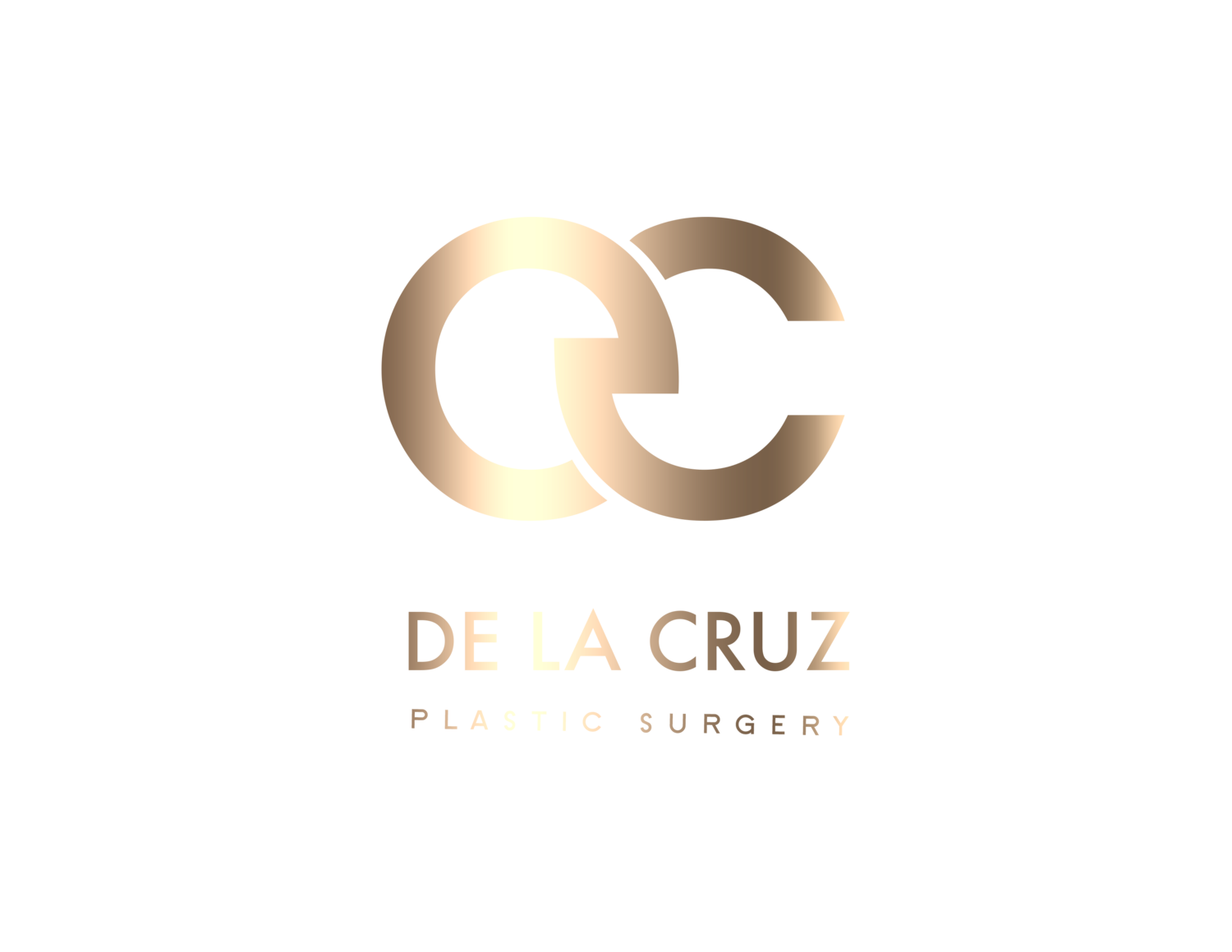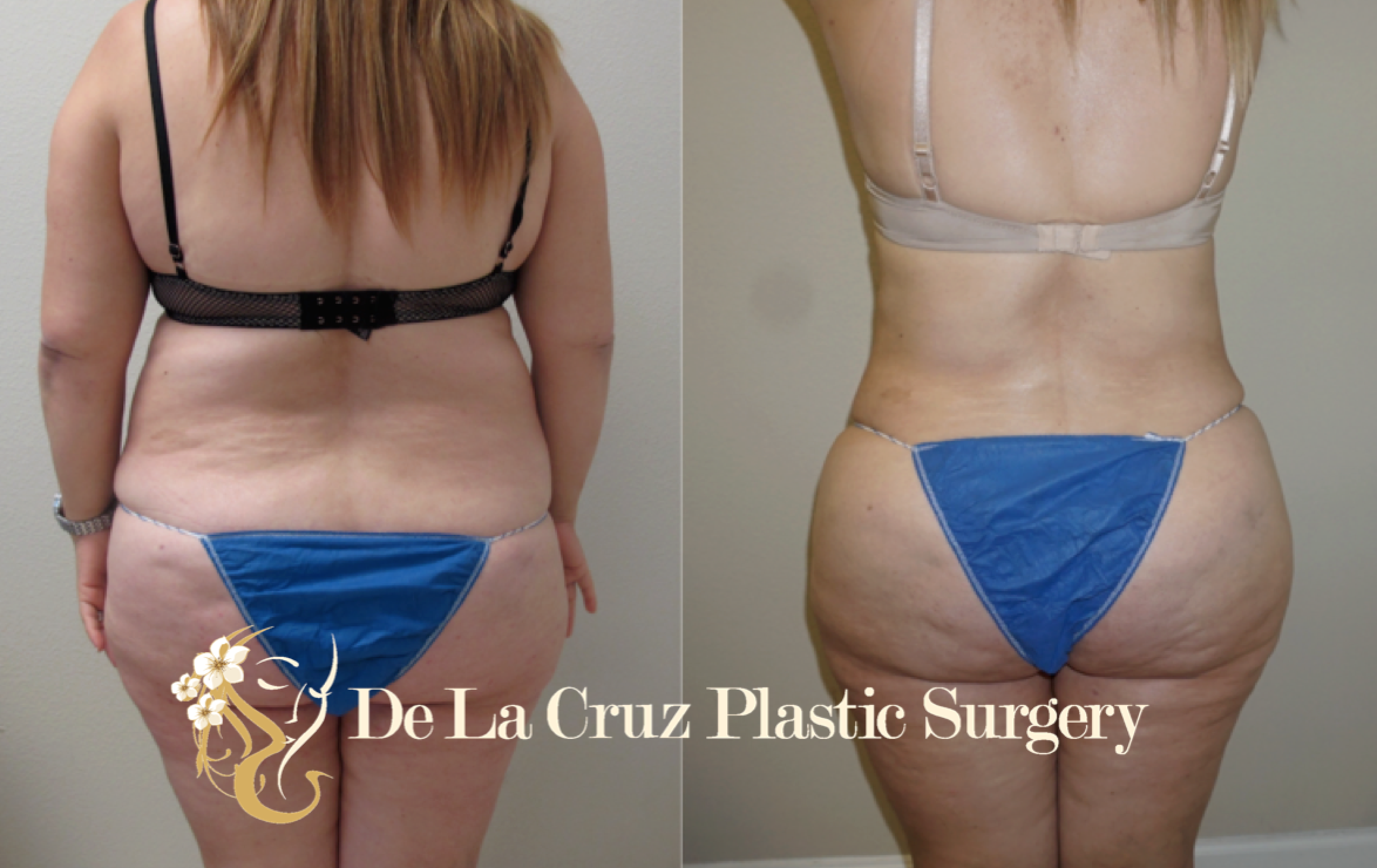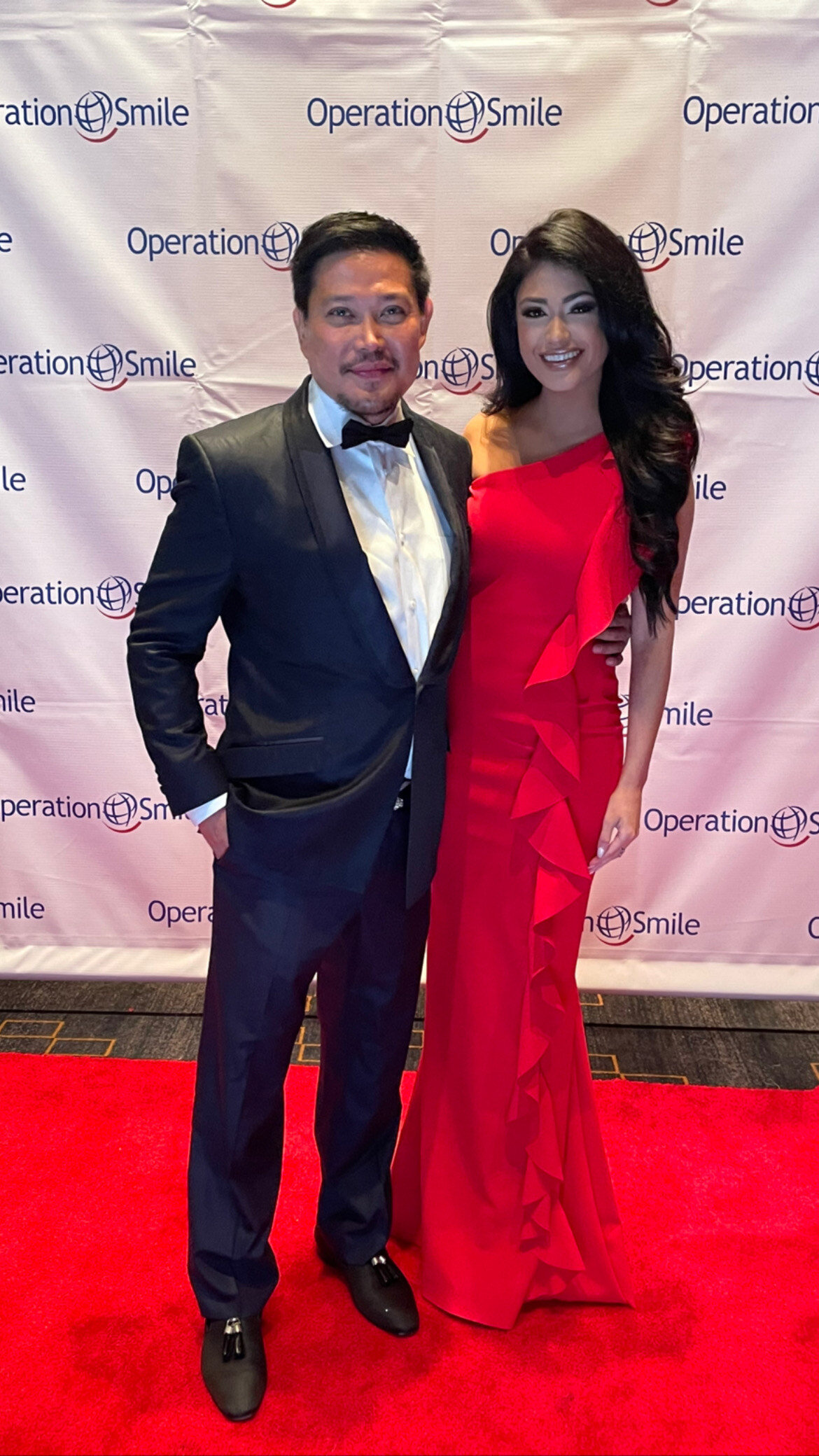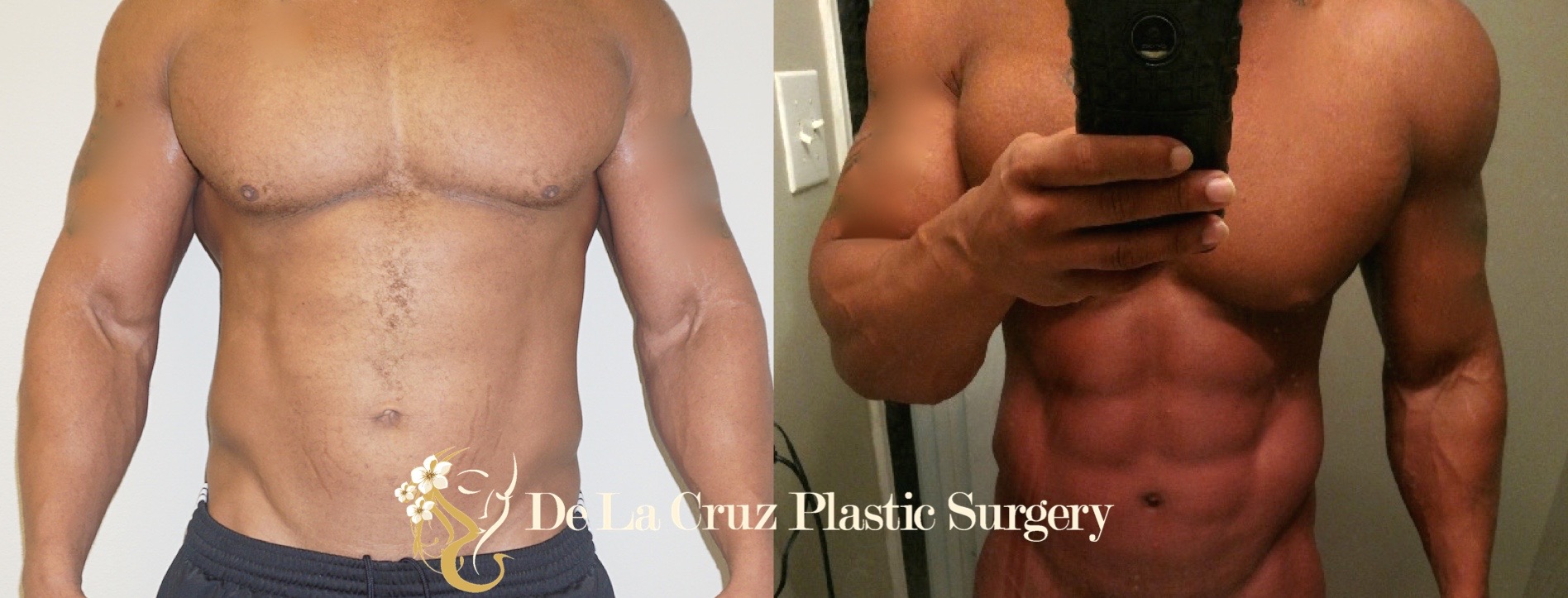When medical treatment fails, the surgical procedure is the treatment of choice. Numerous surgical techniques exist for gynecomastia treatment. This could range from using the VASER liposuction or ultrasonic liposuction to direct excision of gynecomastia. Recent studies have shown that ultrasonic liposuction for the treatment of mild to moderate gynecomastia showed superior results over conventional liposuction methods.
A total of 219 patients (384 breasts) with a mean age of 29 years (range 12-74) were evaluated. UAL was utilised in 24% of breasts (47 patients, 91 breasts). Compared with conventional liposuction, UAL had significantly lower rates of intraoperative conversion to open excision (25% vs. 39%; p<0.05) and postoperative revision (2% vs. 19%; p<0.001) using Fisher's exact test. The haematoma rate for each technique was 1%.
Recently, subcutaneous mastectomy was compared with ultrasonic-liposuction for the treatment of gynecomastia. The reoperation rates in the mastectomy group and liposuction group were 1.4% and 0.5%, respectively. There were no nipple/areola necrosis and scars in liposuction group. The ultrasonic-liposuction treatment was associated with superior esthetic results and fewer complications.
The use of ultrasonic-assisted liposuction (UAL) combined with conventional liposuction and partial gland resection without skin excision is an option for moderate cases. Although a wide range of surgical techniques have been described, the treatment of gynecomastia requires an individualized approach.
Reference:
Song et al. Surgical treatment of gynecomastia: mastectomy compared to liposuction techniques. Ann Plast Surg. 2014 Sep;73(3):275-8. doi: 10.1097/SAP.0b013e31827c7949.
Wong, et al.. Conventional versus ultrasound-assisted liposuction in gynecomastia surgery: a 13-year review. J Plast Reconstr Aesthet Surg. 2014 Jul;67(7):921-6. doi: 10.1016/j.bjps.2014.03.004. Epub 2014 Mar 21.
Emmanuel De La Cruz MD, PLLC
Plastic & Reconstructive Surgeon
Houston, Texas























